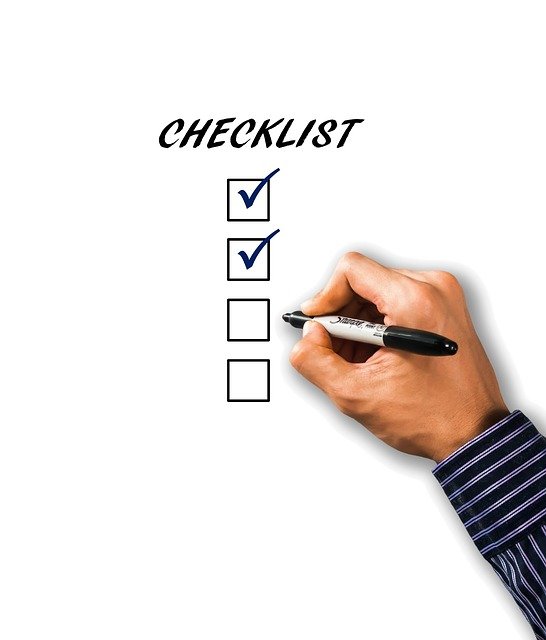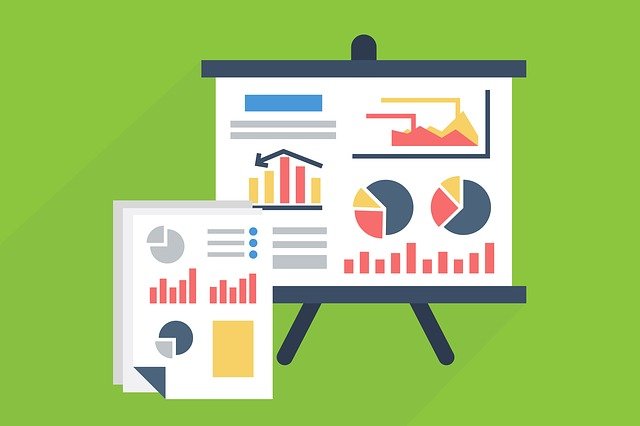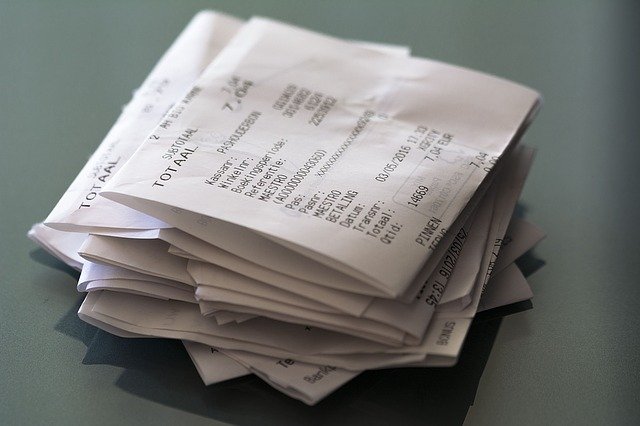
Tracking income and expenses for rental property is a task most landlords do not enjoy. Without a doubt, record keeping can be time consuming and often mind-numbingly boring. However, maintaining good records makes tax time easier and provides peace of mind. Therefore, it is important to understand how the rental property business is doing, and good landlord accounting software makes this task easy.
There is a lot of choice among landlord accounting software. The primary differences relate to cost, ease of use, and features (like reports). With the aid of the chart below, we take a look at some common ways, from the simplest to the most complicated, for tracking rental property income and expenses.
| Tracking Method | Pros & Cons |
| Spreadsheet | * Free * Create your own with Google Docs or Microsoft Excel * Download free rental income and expense worksheet *Cannot easily generate reports |
| Free Accounting Software | * Free * Simple and intuitive * Easily generate reports like a Schedule E Helper and Profit & Loss statement * RentalIncomeExpense.com |
| Paid Accounting Software | * Expensive * Can be overkill for a small landlord * Complex and challenging to understand * QuickBooks, Buildium, RentecDirect |
| Landlord Services | * Provides benefits in addition to record keeping such as online rent payments, tenant screening, credit reporting, and vacancy listings * Many times income and expense tracking is included as a free feature * ClearNow, Zillow Rental Manager |
Final Thoughts
Landlords have choice, and they range from simple spreadsheets to free landlord accounting software to paid accounting software. Find a solutions, as the important task of tracking income and expenses becomes easier with software for landlords!








